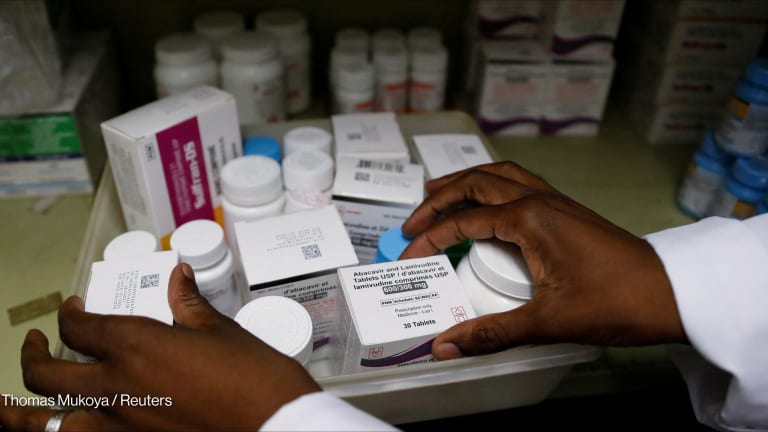This past year saw a dramatic shift in the global HIV epidemic, as more new infections occurred outside of sub-Saharan Africa than within the subcontinent for the first time ever, according to a new report from UNAIDS.
That change underscored the dramatic efforts by officials in sub-Saharan Africa to reduce transmission over more than a decade, but also how much programs in other parts of the world were lagging behind in those same efforts. In fact, three regions — Eastern Europe and Central Asia, the Middle East and North Africa, and Latin America — actually saw a rise in infections in 2023.
Even the good news out of sub-Saharan Africa was tempered by findings that 1.3 million people acquired HIV in 2023, which is three times larger than the goal of 370,000 that the region is supposed to achieve by 2025. Those numbers underscore how far off the world is from hitting a series of interlinked targets by next year that would pave the way for ending AIDS as a public health threat by 2030.








